Before our world became filled with digital beeps and notification chimes, homes had their own distinctive soundtracks—organic, mechanical, and deeply familiar. These weren’t just noises but acoustic anchors that signaled safety, comfort, and the reliable rhythms of daily life. For those who grew up in the post-war decades, these sounds formed the background music of childhood and adolescence, so deeply woven into the fabric of daily experience that they often went unnoticed until they were gone. Looking back now, these humble household sounds carry powerful emotional resonance, instantly transporting us back to a time when home wasn’t just a place but a multisensory experience.
1. The Percolator’s Morning Gurgle
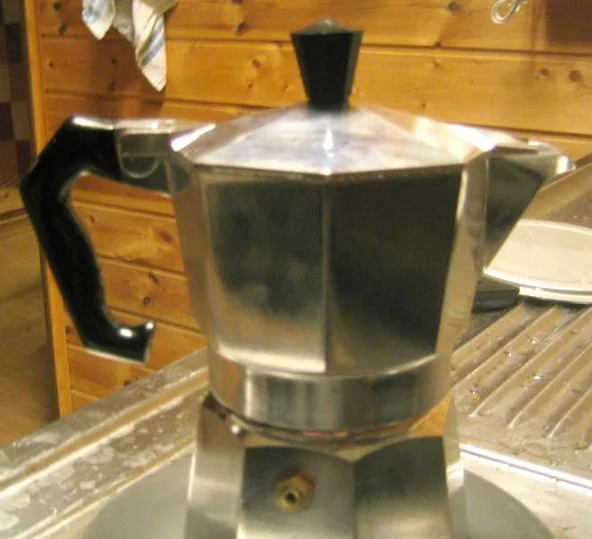
No sound announced the official start of the day quite like the distinctive churning gurgle of the coffee percolator working its morning magic on the kitchen counter. That rhythmic bubbling—starting slow and then reaching a crescendo as the water cycled through the grounds—created an audio alarm clock more reliable than any rooster. The final sputtering and hissing as the brewing completed meant adults would soon be functional and breakfast preparations could commence in earnest. Serious Eats brews up the full history of the percolator and all its caffeinated goodness.
The percolator’s sounds were so central to American mornings that many homes had a designated “percolator watcher”—often a child assigned to listen for when the bubbling changed pitch, signaling it was time to remove it from the heat before bitterness set in. The distinctive aroma complemented the sound, creating a multisensory experience that no programmable drip coffee maker has ever fully replicated. For many, that percolator symphony remains the definitive sound of home security and domestic comfort, promising that regardless of what challenges the day might bring, it would start with this small ritual of civilization.
2. The Telephone Ring—And The Mad Dash To Answer It
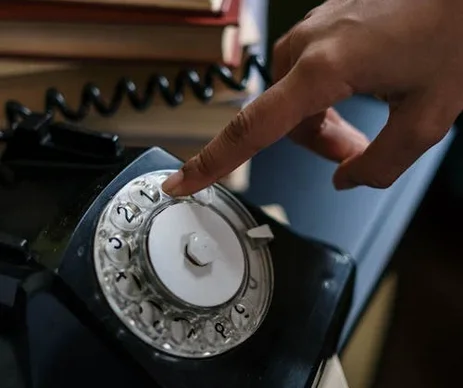
Long before personalized ringtones, the standard telephone bell had an authoritative quality that could instantly transform household dynamics. That insistent double-ring pattern cut through any activity, triggering an immediate family-wide response as everyone within earshot calculated their position relative to the phone. The subsequent thunder of footsteps—often accompanied by shouts of “I’ll get it!”—created a household earthquake triggered by Alexander Graham Bell’s invention. As recounted by Southern Living, there was also the very particular sound of party lines.
In the era before answering machines became common household items, missing a call meant potentially missing something important forever. The telephone’s ring carried the tantalizing promise of connection with the outside world—perhaps news from distant relatives, a friend with exciting plans, or the rare long-distance call that would be announced with hushed reverence throughout the house. The very sound of that ring contained infinite possibilities, and the ceremonial answering (“Jones residence, this is Susan speaking”) reflected the respect accorded to this technological marvel that brought voices from elsewhere directly into your living room.
3. The Unique Creak of Your Front Door

Every house had its own sonic signature in the distinctive creak of the front door—a sound so specific and familiar that family members could identify who was entering by the rhythm and duration of the noise. Whether it was a quick pull that produced a short squeak or a slow push that created a prolonged groan, this sound functioned as the home’s personal welcome announcement, audible throughout the house without any technological amplification. Front doors are some of the most important features for a safe and insulated home, and This Old House has some important insights into replacing any that need replacing.
Despite occasional promises to “oil that hinge one of these days,” many families secretly appreciated their door’s vocal personality—it served as an unintentional security system, making it impossible for teenagers to sneak in after curfew undetected. The creaky door’s message changed depending on time of day: in the morning, it meant someone was leaving for work or school; in the afternoon, it announced children returning from play; and in the evening, it heralded the completion of the family circle as the last member arrived home. No electronic door sensor has ever conveyed the emotional weight carried by that simple, imperfect hinge song.
4. The Washing Machine’s Rhythmic Dance
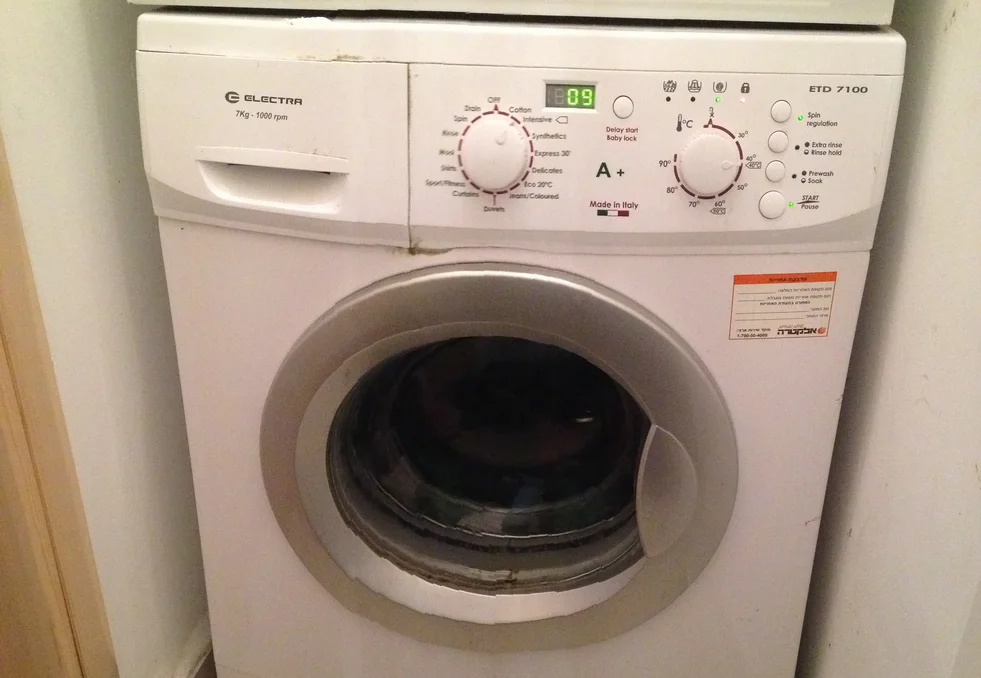
The distinctive sounds of the washing machine’s cycle provided the backbeat to countless childhood memories—the initial rush of water filling the drum, the mechanical click as it shifted into wash mode, and the hypnotic swish-swish-swish as clothes tumbled through soapy water. In many households, laundry day had its own place in the weekly schedule, making this mechanical symphony a calendar marker as reliable as church bells on Sunday.
The washing machine’s most dramatic acoustic moment came during the spin cycle, when the machine seemed to test the structural integrity of the house as it built to a vibrating crescendo. This performance often required human intervention—a parental hand steadying the machine or redistributing an unbalanced load while shouting conversations continued around the mechanical roar. The abrupt silence when the cycle completed created its own distinctive moment, a household pause that signaled one phase of domestic work was complete and another (hanging clothes on the line or transferring them to the dryer) was about to begin.
5. The TV Channel Dial’s Satisfying Click
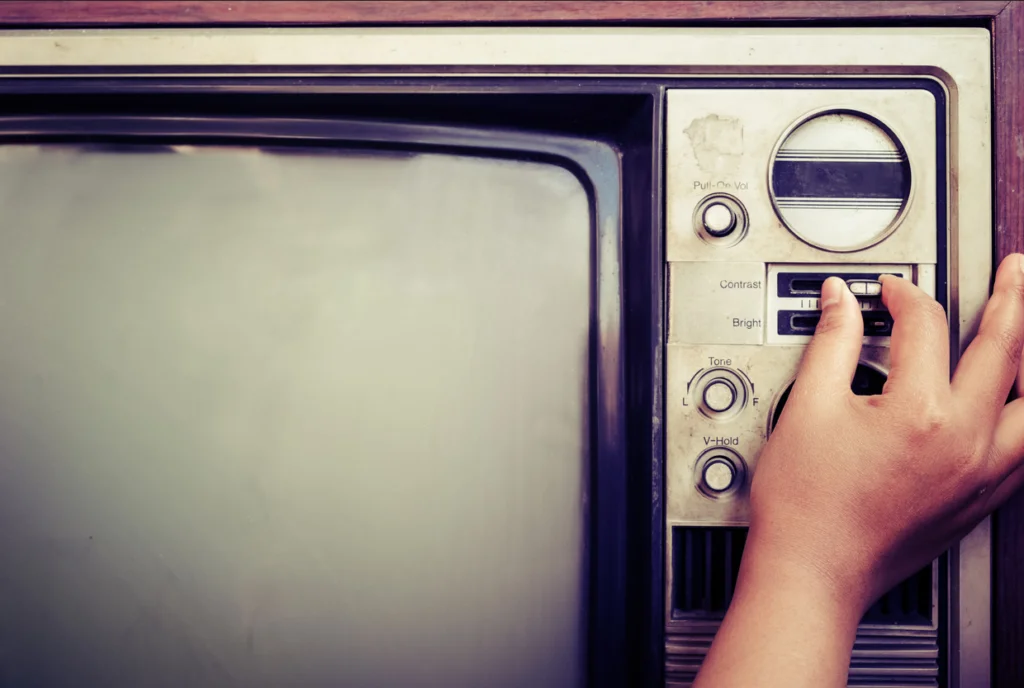
Before remote controls and digital interfaces, changing television channels involved physical interaction with the set—walking across the room and turning a dial that produced a satisfying mechanical click with each position. This sound offered concrete proof that you had successfully moved from one channel to another, an auditory reward for the effort expended. The experience was particularly distinctive on UHF dials, which required more precise tuning and often produced a series of rapid clicks as you hunted for the clearest signal.
This simple sound represented a fundamentally different relationship with television—one that required deliberate choice rather than casual surfing. Because changing channels required physical effort, programs were often watched in their entirety rather than abandoned when interest momentarily waned. The authoritative click of the dial turning also often represented parental control, as children sitting too close to the screen would be instructed to “turn it to channel 5” or risk losing television privileges altogether. When electronic remotes finally became common, something was gained in convenience but lost in tactile satisfaction.
6. Ice Cube Trays Cracking Open

The distinctive crack and pop of aluminum ice cube trays being twisted to release their frozen treasure created a sound of anticipated refreshment. This simple action—grabbing the lever in the center and giving it a firm twist against the resistance of the ice—required just the right touch to avoid sending cubes flying across the kitchen. The subsequent hollow clunks as liberated cubes dropped into glasses created a percussion section for summer afternoons.
This sound carried different associations depending on the season and occasion. During routine family dinners, it simply meant beverages would soon be properly chilled. During adult gatherings, the increased frequency of ice retrieval often signaled that the party was hitting its stride. During childhood illnesses, the gentle sound of a parent carefully extracting just a few cubes for a sick child’s ginger ale represented care and comfort. The arrival of automatic ice makers eliminated this small household ritual, replacing the satisfying manual process with the occasional startling crash of cubes automatically dropping into a bin.
7. The Radiator’s Morning Hiss and Clank

Winter mornings in many homes were announced by the distinctive symphony of steam or hot water radiators coming to life—a performance that began with distant pinging, built through metallic gurgles, and culminated in a steady hissing that signaled warmth was on the way. Each radiator in the house had its own voice and timing, creating a sequential warming orchestra that family members could track from under their blankets: first the kitchen, then the living room, and finally the upstairs bedrooms.
These sounds represented the mechanical heartbeat of the house during cold months, their reliable patterns providing subliminal reassurance that the essential systems were functioning properly. The occasional dramatic clanking or banging—often triggered by air in the lines—could startle newcomers but rarely concerned long-term residents who understood these outbursts as part of the system’s personality. Modern central heating delivers more consistent temperatures but lacks the intimate, room-by-room relationship that developed between families and their vocal radiators.
8. The Pop and Hiss of Vinyl Records
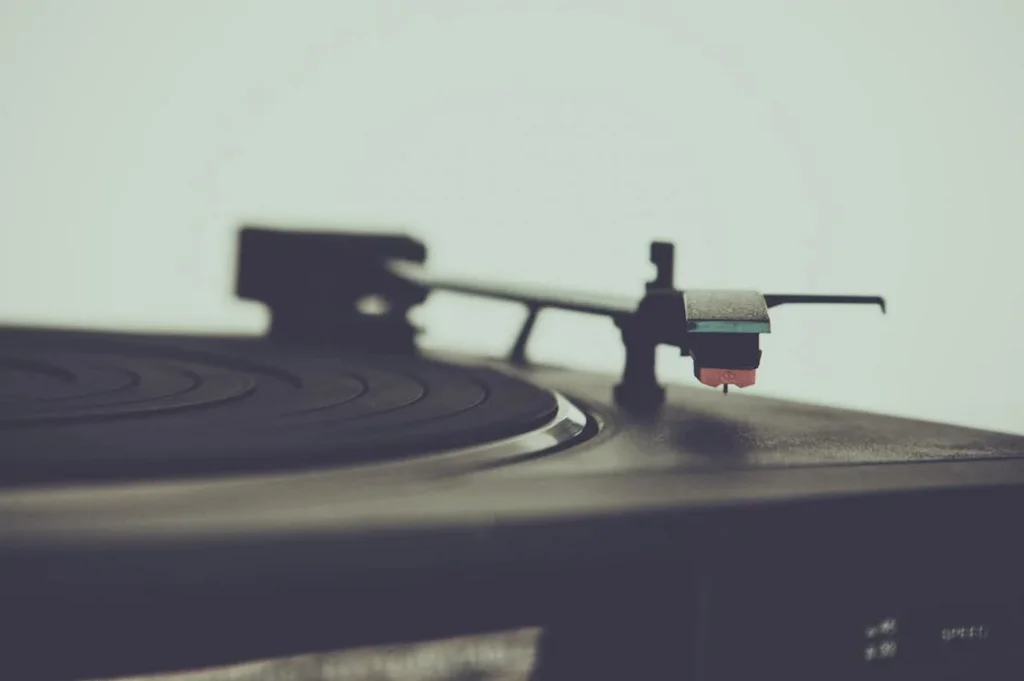
The distinctive ritual of playing records created a multi-stage soundtrack: the soft thud of the record being removed from its sleeve, the hollow resonance as it was placed on the turntable, and then—most distinctively—the brief static hiss and pop as the needle made contact with the vinyl. This momentary imperfection before the music began served as a transition between everyday life and the listening experience, a auditory curtain rising on the performance to come.
Each record developed its own pattern of pops and crackles over time—sonic fingerprints that became so familiar they were missed when the same music was later heard on more “perfect” digital formats. The occasional skip where the needle jumped forward or became stuck in a groove created moments of household drama, sometimes requiring delicate intervention with a steady hand. The sound of the needle being lifted—either manually or automatically at the end of a side—created a gentle conclusion that signaled either the end of the listening session or the imminent sound of the record being flipped to continue the experience.
9. Screen Doors Slamming Shut
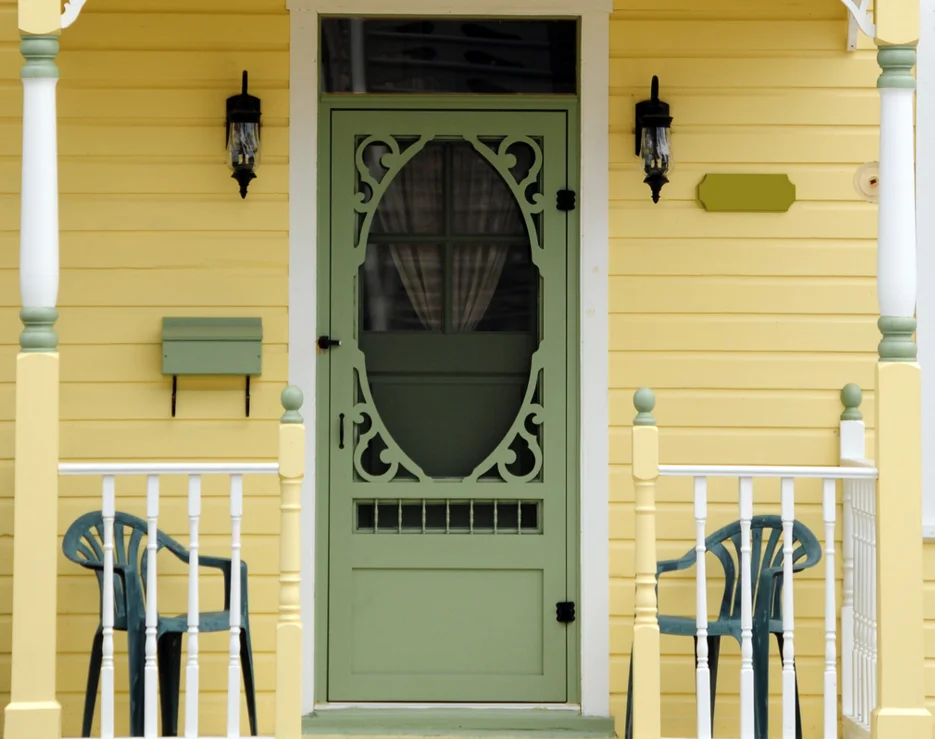
The distinctive slap-bang of the spring-loaded screen door marked countless comings and goings, despite constant parental reminders not to let it slam. This sound operated as domestic punctuation—the exclamation point at the end of departures or the percussive announcement of arrivals. During summer months when doors stood open to catch breezes, this rhythmic slapping marked the day’s pulse as children moved between indoor and outdoor worlds.
The screen door’s sound had seasonal significance—its first regular appearances in spring announced winter’s retreat as surely as returning robins, while its decreased frequency in fall signaled summer’s end. Its distinctive mesh pattern created visual texture, but it was the door’s voice that truly embedded itself in memory. The door’s immediately recognizable sound made it impossible for anyone to enter or exit unannounced, creating a household awareness system that required no electricity or maintenance beyond occasionally replacing the spring when enthusiastic use stretched it beyond functionality.
10. The Furnace Ignition Whoosh
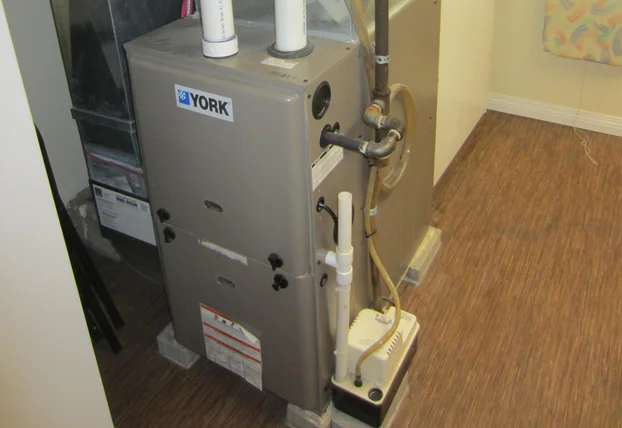
Few household sounds carried the primal comfort of the furnace igniting on a cold day—that distinctive whoosh followed by the steady, muffled roar of flames coming to life in the basement or utility room. This sound traveled through the bones of the house itself, felt almost as much as heard, promising that warmth would soon follow through the vent system. The subsequent gentle white noise of air moving through registers created background reassurance that all was well with the world—or at least with the household heating system.
The timing of this sound followed predictable patterns tied to the thermostat setting and external temperature, creating an environmental soundtrack that residents internalized without conscious awareness. During particularly cold snaps, the more frequent cycling of this ignition sound might prompt concerned comments about the month’s gas bill or lead to adjustments of the thermostat’s setting. The momentary delay between clicking the thermostat higher and hearing the responding whoosh created a period of anticipation, followed by satisfaction when the system responded as expected.
11. The Distant Thunder of Garage Doors

For children of the post-war suburbs, few sounds triggered as much excitement as the rumbling mechanical thunder of the garage door opening—a reliable herald announcing a parent’s return from work. This distinctive noise traveled through walls and floors, prompting dogs to bark, children to run toward the door, and dinner preparations to accelerate. The sound had a theatrical quality—starting with the initial mechanical engagement, building through the door’s ascent, and concluding with the definitive thud as it reached full extension.
This sound’s emotional impact varied with circumstances: on ordinary days, it simply marked the transition to evening family time; during storms, it signaled relief that a traveler had returned safely; during childhood illnesses, it might announce the arrival of a parent bringing medicine from the pharmacy. For latchkey kids, this sound meant adult supervision had resumed and the responsibilities of self-care could be relinquished. The increasing prevalence of automatic openers with remote controls transformed what had once been a manual process requiring physical strength into a push-button convenience, but the distinctive sound remained a cherished household signal.
12. The Tick-Tock of Mantel Clocks
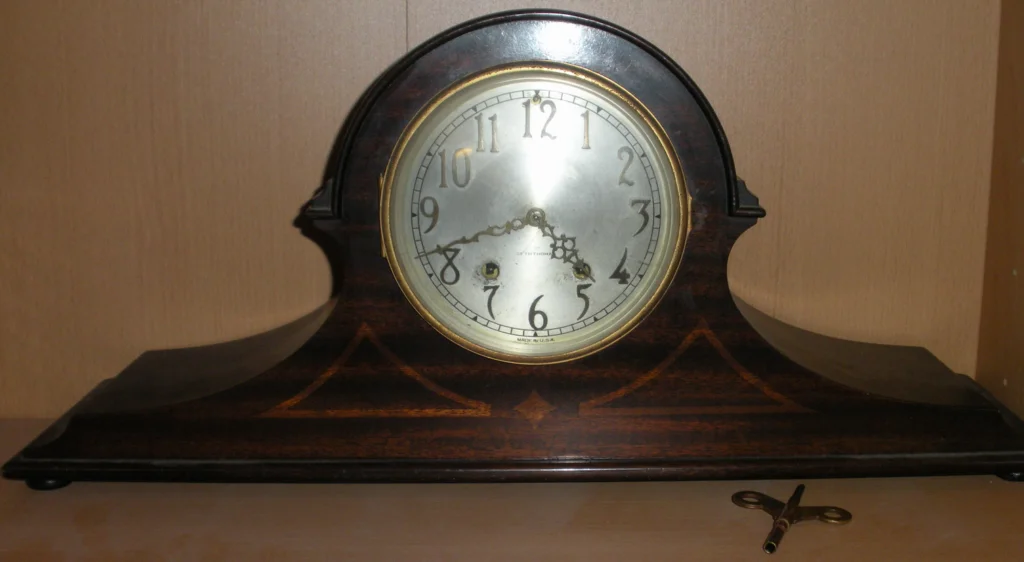
Before digital timekeeping dominated our lives, the steady tick-tock of pendulum clocks created a heartbeat for the home—constant, reliable, and subtly reassuring. This mechanical pulse was often most noticeable at night when other household sounds subsided, its steady rhythm accompanying family members into sleep. The Westminster chimes or cuckoo calls marking quarter-hours provided temporal signposts throughout the day, often operating below conscious awareness until their absence during power outages suddenly made time feel less structured.
The weekly ritual of winding these clocks—often assigned as a responsible child’s chore—created a physical connection to the passage of time, the gentle resistance of the winding key a reminder of the mechanical processes driving this domestic timekeeper. Many families owned clocks passed through generations, their distinctive voices connecting present household members to those who had listened to the same steady ticking decades earlier. While battery-operated and digital clocks offered greater convenience and accuracy, they lacked the living presence of these mechanical timekeepers whose sounds had defined domestic spaces for centuries.
These everyday sounds created not just a household soundtrack but a sense of continuity and security—auditory anchors in a world that was already beginning to accelerate toward our current digital pace. Their disappearance has happened so gradually that many never noticed the transition to quieter technologies and more efficiently sealed homes. Yet when encountered now—perhaps in an older relative’s home or a historic building—these sounds can trigger powerful emotional responses, reconnecting us instantly to childhood spaces and simpler times. More than mere nostalgia, this reaction speaks to our fundamental need for sensory connections to place and the unconscious ways sound shapes our sense of belonging and safety.


